Home Made Magnetic Resonance Imaging
Listen in as Yuki Kamatani interviews a man who built his own MRI!
Hi, I'm Yuki Kamatani, an application engineer in our Osaka office. My specialty is in systems engineering and Model-Based Design related products in power electronics applications.
Today, I would like to introduce @yashiro_ld-san. He is running his "hobby" project to build a home-made MRI. Yashiro-san gave a presentation titled "Desktop MRI - HOME MADE MRI with MATLAB" at our community event at MATLAB Expo (Lightning Talks). The recording (in Japanese) is available on YouTube. You can also check the detail of his project on his blog page in English: Home Made MRI.
Yashiro-san and I have been "Geek Friends" on Twitter for a while now. I am delighted to have had the opportunity to interview him.
Lightning Talks are a part of MATLAB EXPO Japan where we invite users to present short sessions on exciting and fun projects with MATLAB. The presentations are full of unexpected ways of using MATLAB. We are organizing this event to foster interaction between passionate and motivated folks. (Note: You can learn more about these Lightning Talks in a previous blog post.)
It is fantastic that we live in an age where it is even possible to make MRIs at home, and I wonder what will happen in the next era. When I first saw his tweet, I was so shocked that my eyeballs popped out of my head. It makes me happy to think that we, as tool vendors, play a part in this evolution.
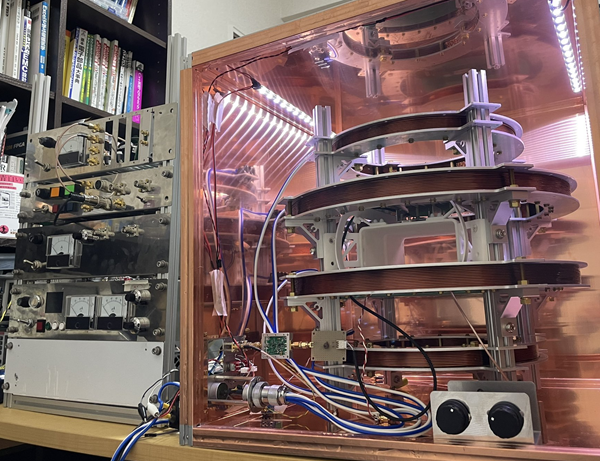
Interview with Yashiro-san
Q. Thank you for taking time out of your busy schedule to do this interview! I'm @ykamataniMWJ! I have known you as a geek friend on Twitter. So, I'm so DOKI☆DOKI that I get to interview you this way. (Note: DOKI☆DOKI is a Japanese onomatopoeia used when one is very excited!)
First of all, could you briefly introduce yourself and your MATLAB experience?
My name is Yashiro (@yashiro_ld), a geek who inhabits Twitter. I'm usually doing some weird(?) electronic work. I have been using MATLAB since I was in college, for about 5-6 years now.
A. I think it all started when I used MATLAB to simulate motor control in a university lab.
A. Optimization Toolbox, because I like to optimize.
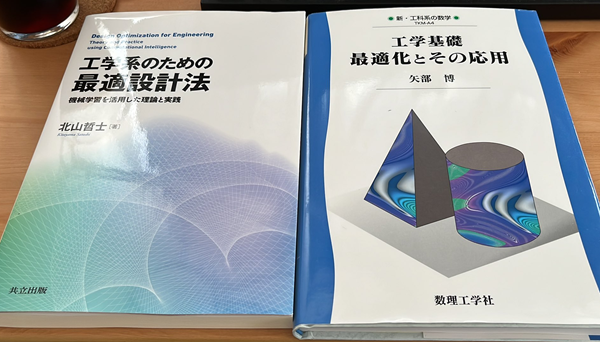
A. I thought it would be fun and interesting to make an MRI. 🤤
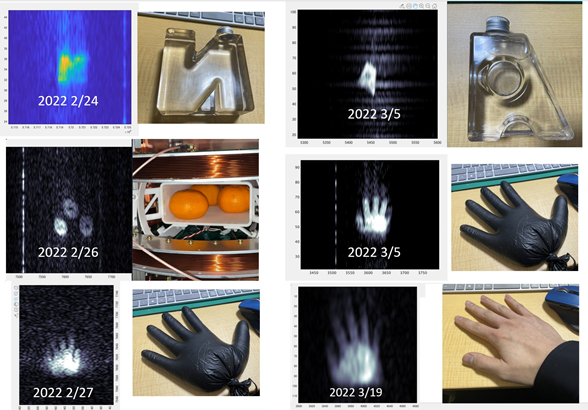
Through various adjustments, the image resolution and signal-to-noise ratio have improved dramatically. Currently, it is limited to 2D imaging. We will continue to improve it so that 3D scanning can be performed.
A. I like to see phenomena that we cannot usually see... such as rainbows, clouds of unusual shapes, and lightning. I love creating situations where my product allows us to see things we usually wouldn't be able to see! I think my earliest pleasant memory of making things was making paper airplanes and flying them into the sky as a child.
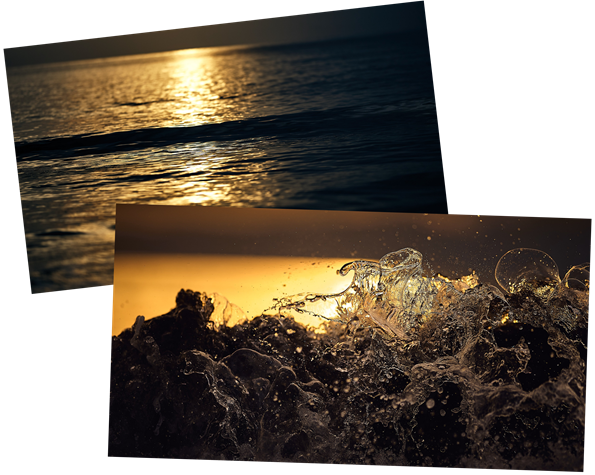
A. I saw about MATLAB EXPO and Lighting Talk on Twitter and thought it looked fun, and I was invited by @michio_MWJ and @griffin921.
A. In all seriousness, the ability to save 2D graphs as BMPs was beneficial. I was able to spit out the gradient coil pattern information as an image in BMP format and import it into my printed circuit board design software extremely smoothly.
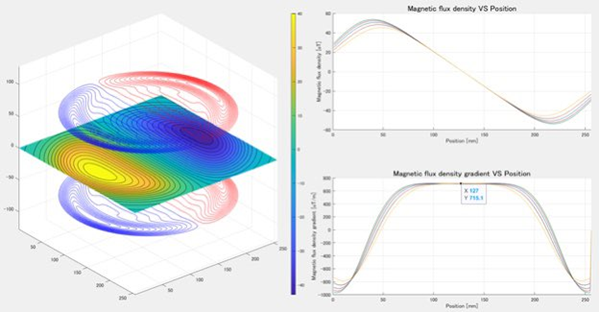
I wrote the electromagnetic field calculation code by myself in MATLAB and confirmed the linearity.
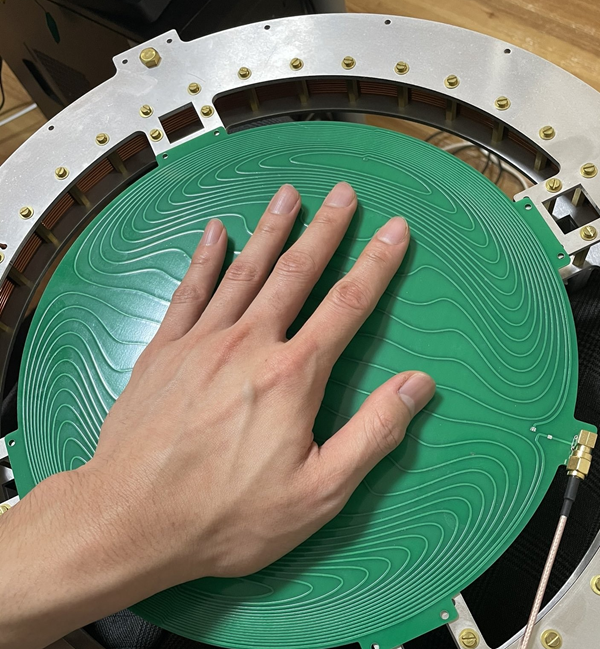
Yes, that's right. I was very impressed by the various insights and advice given by the researchers on the causes of problems when the NMR signal had not yet been seen. I enjoyed feeling their willingness to solve problems so strongly.
A. First, I would like to look at the official documentation.😌
A. Further performance improvement, nothing else to say.😌
Q. I'll do my best to listen to your feedback and incorporate it into the product in terms of calculation speed and functionality enhancements! Thank you for your time today!
Thank you, Yashiro-san, for taking time out of your busy schedule to answer our interview. Please keep in touch with us on Twitter!




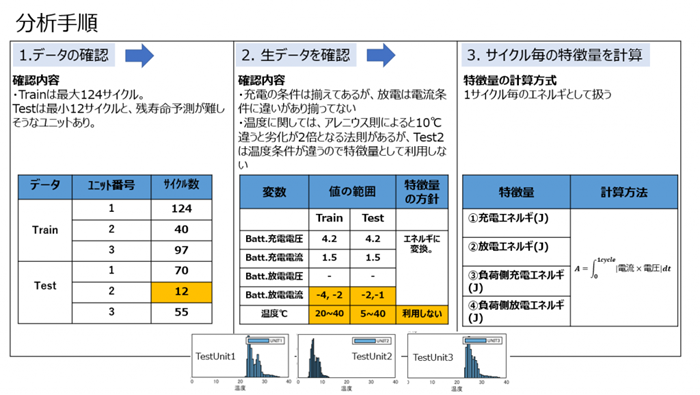



Comments
To leave a comment, please click here to sign in to your MathWorks Account or create a new one.